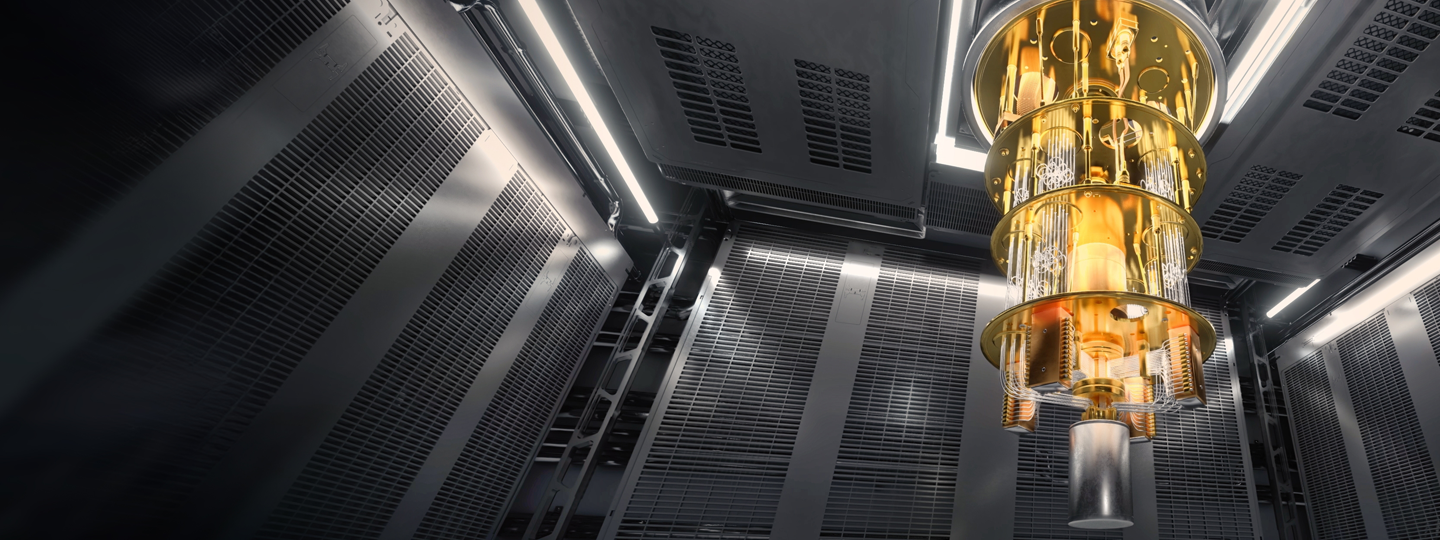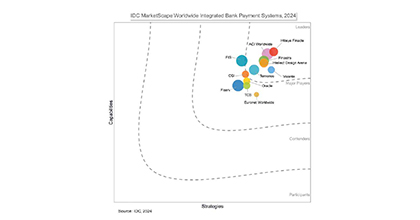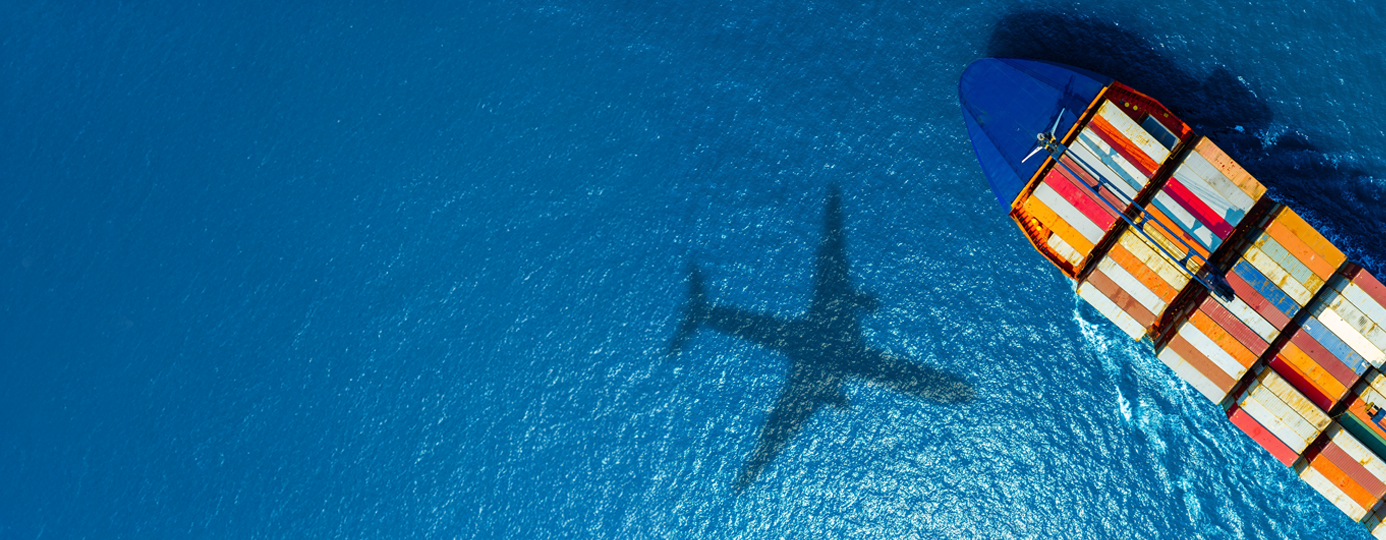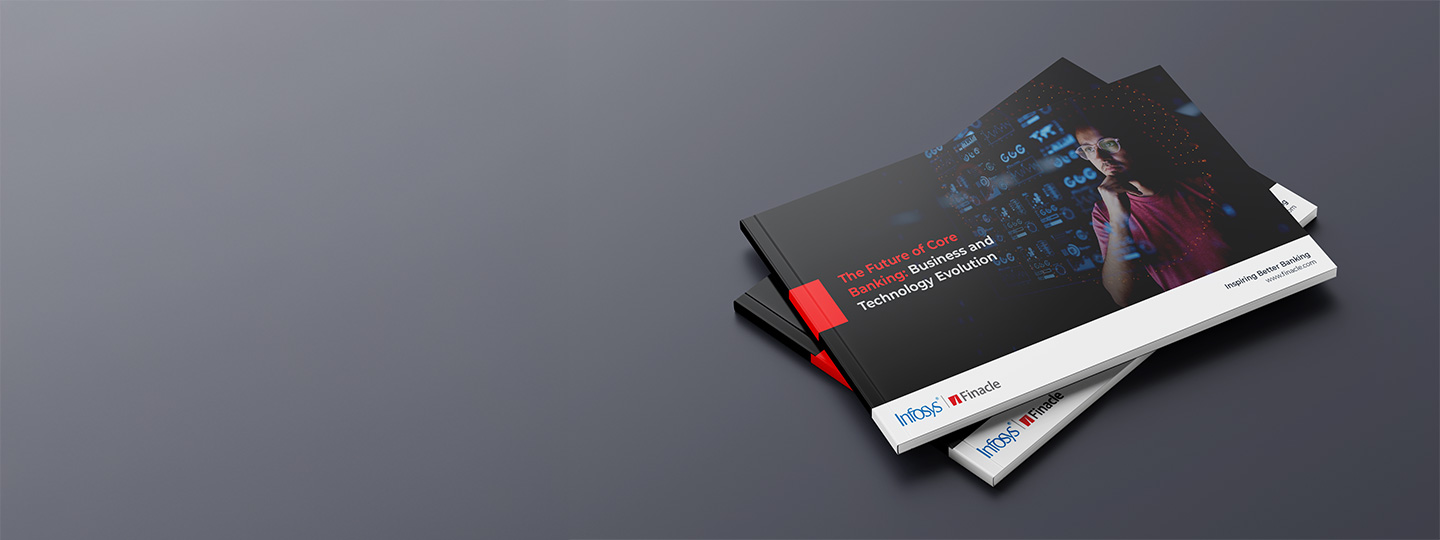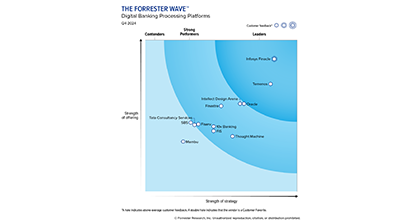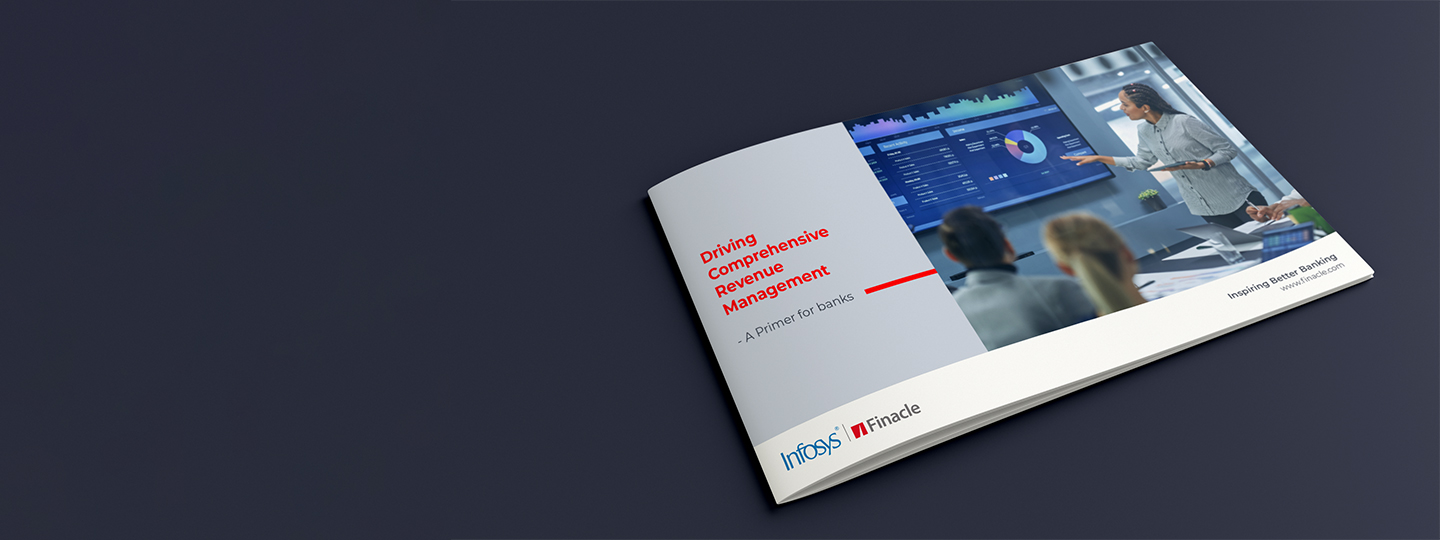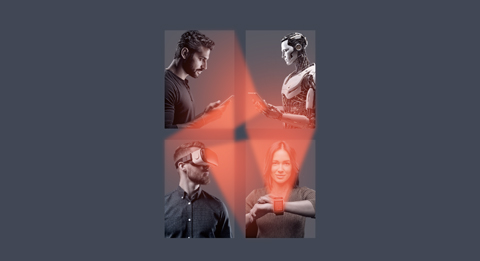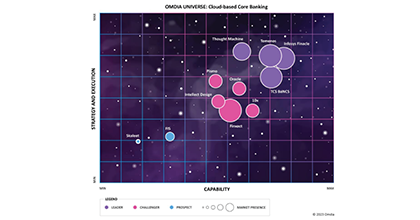-
![]() Quantum Computing: As the Future Awaits, The Strides Are DefinitiveQuantum computing is no longer confined to theory or the edges of experimental science - it is rapidly advancing toward practical impact.Read More
Quantum Computing: As the Future Awaits, The Strides Are DefinitiveQuantum computing is no longer confined to theory or the edges of experimental science - it is rapidly advancing toward practical impact.Read More -
![IDC IDC]() IDC MarketScape: Worldwide Integrated Bank PaymentFinacle Payments is an enterprise payments services system that manages end-to-end payments across instrument types, payment schemes, transaction types, customeRead More
IDC MarketScape: Worldwide Integrated Bank PaymentFinacle Payments is an enterprise payments services system that manages end-to-end payments across instrument types, payment schemes, transaction types, customeRead More -
![]() Supply Chain FinanceToday, as businesses seek to make their ecosystems more resilient, Supply Chain Finance (SCF) has emerged as a powerful lever for banks and financial institutions to support clients, while unlocking new revenue streams.Read More
Supply Chain FinanceToday, as businesses seek to make their ecosystems more resilient, Supply Chain Finance (SCF) has emerged as a powerful lever for banks and financial institutions to support clients, while unlocking new revenue streams.Read More
-
![]() The Future of Core Banking: Business and Technology EvolutionOur point of view paper, “The Future of Core Banking: Business and Technology Evolution”, serves as a candid and forward-looking benchmark of your institution’s readiness—and a strategic playbook for core modernization.Read More
The Future of Core Banking: Business and Technology EvolutionOur point of view paper, “The Future of Core Banking: Business and Technology Evolution”, serves as a candid and forward-looking benchmark of your institution’s readiness—and a strategic playbook for core modernization.Read More -
![The Forrester Wave The Forrester Wave]() Forrester Wave Digital Banking, Q4 2024Finacle is best suited for large retail, SMB, and corporate banks who seek a modern, comprehensive, innovative platform with superior support.Read More
Forrester Wave Digital Banking, Q4 2024Finacle is best suited for large retail, SMB, and corporate banks who seek a modern, comprehensive, innovative platform with superior support.Read More -
![]() Driving Comprehensive Revenue ManagementDiscover why revenue management must evolve into a comprehensive, strategic capability. Decode a blueprint to overcome challenges and unlock sustainable monetization.Read More
Driving Comprehensive Revenue ManagementDiscover why revenue management must evolve into a comprehensive, strategic capability. Decode a blueprint to overcome challenges and unlock sustainable monetization.Read More
-
![]() Shaping Banking’s Next: Banking Technology Trends for 2025 and BeyondThe banking industry has been balancing disruption and opportunity for several years now, and the pace of change shows no signs of slowing as we move into 2025 and beyond.Read More
Shaping Banking’s Next: Banking Technology Trends for 2025 and BeyondThe banking industry has been balancing disruption and opportunity for several years now, and the pace of change shows no signs of slowing as we move into 2025 and beyond.Read More -
![]() Virtual Accounts 2.0: Surpass Conventional Cash Management and Unlock Next-Gen PossibilitiesVirtual Account Management was a groundbreaking shift in the banking landscape, revolutionising use cases like cash concentration, pooling, centralised treasury management, and in-house banking (POBO, ROBO, COBO)Read More
Virtual Accounts 2.0: Surpass Conventional Cash Management and Unlock Next-Gen PossibilitiesVirtual Account Management was a groundbreaking shift in the banking landscape, revolutionising use cases like cash concentration, pooling, centralised treasury management, and in-house banking (POBO, ROBO, COBO)Read More -
![]() Unlocking Hybrid CloudAs banks push forward with their digital transformation agenda, cloud serves as a pivotal enabler. Each bank, at varying stages of adoption, crafts its unique path, dictated by context, regulations, and risk appetite.Read More
Unlocking Hybrid CloudAs banks push forward with their digital transformation agenda, cloud serves as a pivotal enabler. Each bank, at varying stages of adoption, crafts its unique path, dictated by context, regulations, and risk appetite.Read More
-
![]() Banking on CloudThis report from Infosys Finacle delves into the need for accelerating cloud adoption, highlights the current state of the industry, and puts forth key recommenRead More
Banking on CloudThis report from Infosys Finacle delves into the need for accelerating cloud adoption, highlights the current state of the industry, and puts forth key recommenRead More -
![]() Omdia Universe | Cloud-based Core BankingIn the report, Omdia highlights the following key capabilities of leading cloud-based core banking providers:Read more
Omdia Universe | Cloud-based Core BankingIn the report, Omdia highlights the following key capabilities of leading cloud-based core banking providers:Read more
-
![]() Emirates NBDEmirates NBD consolidates its operations on a single version for scalability, agility, and standardization.Read More
Emirates NBDEmirates NBD consolidates its operations on a single version for scalability, agility, and standardization.Read More -
![]() A Global Top 5 BankDiscover how a global top 5 bank headquartered in the US accelerated payments transformation.Read More
A Global Top 5 BankDiscover how a global top 5 bank headquartered in the US accelerated payments transformation.Read More -
![]() Union Bank of IndiaUnion Bank of India launches Union Virtual Connect (UVConn) by leveraging WhatsApp to provide customers personalized banking services.Read More
Union Bank of IndiaUnion Bank of India launches Union Virtual Connect (UVConn) by leveraging WhatsApp to provide customers personalized banking services.Read More

A Map as Big as the Territory
Blogs
“A map as big as the territory” is a line inspired from a Spanish fiction story by Jorge Luis Borges. Fiction stories allow authors to create their own world of possibilities. In many cases, such vivid imagination has been the precursor to reality. A Boston Consulting Group (BCG) article on digital disruption maps this notion of Borges’s map to emerging business architecture. This architecture highlights the importance of data as infrastructure.
Interestingly, we are in a world where a map as big as the territory is becoming a reality. Today, we have a detailed digital mapping of any territory that is of interest to us. The cost of capturing, consuming and keeping this information up-to-date is decreasing. Telematics and connected cars will take this a notch further.
It is predicted that by 2020, the cost of human genome sequencing will fall much below what it costs to get a chest x-ray today. This has been achieved after more than a decade of painstaking work. Another territory conquered!
The US government has funded 100 million USD to start mapping the brain. Private funding is also pouring into this research area, which is primarily driven by the implications of deep learning. Suddenly a 3D image of a brain as visualized in Iron Man 3 (Aldrich Killian giving a virtual tour of his brain to Pepper Potts) doesn’t seem just futuristic. Borges’s world is no more fictional. We are keen to create a highly granular digital print of the physical world.
Let’s see if we can extend this further to our dynamic world. Is there a need for this? Do we have the instrumentation to enable this?
Let’s solidify this with a specific example. We are heading towards massive urbanization. Energy, water, waste, transport, healthcare, education, law and other amenities expected by every citizen needs to be made available in a socially equitable way. Also, pollution levels need to be minimized for all. A push towards renewable energy will lead to a large population living off the grid. India alone has a published target of 40 GW of solar energy, using roof-top panels, by 2022. We definitely need to map the demand, consumption and supply patterns in real-time at a granular level.
Will citizens support in sharing such information? Globally, social behavior is gravitating towards notions of shared future and collective upliftment. Privacy fears aside, today we are more open towards self-disclosure of lifestyle choices and our surroundings if it serves a greater purpose and the effort involved is minimal. So this is not a problem and furthermore, sharing tends to have a strong network and information effect where people follow each other.
Do we have the instrumentation to enable granular measurement? Yes! Smart meters are becoming the norm across Europe (electric, gas, water, heat). Smart meter PoCs are already being done in India. IoT enablement of consumer devices is even enabling granular measurement and ease of sharing. Measurement devices for water pollutants, indoor and outdoor air pollution, are available and prices seem to be falling much faster, driven by economies of scale and technology advancement. Telematics is enabling the measurement of transportation. Building automation technology is enabling measurement of energy and pollution for large structures. Availability of IoT in healthcare-including home and geriatric care -is well documented.
So, all we need is a framework to collect and aggregate the data provided by citizens. The information available with local municipalities, counties, and governments for residential, industrial and commercial properties, transportation and related citizen information provides such a framework for aggregation. Imagine the possibilities, where you as a citizen know the level of information that is available with the government and can benchmark it against the best. This real-time map, as granular as our society itself, can open a whole new realm of possibilities in self-governance.
What do you think?


Download the Latest Report
Quantum Computing: As the Future Awaits, The Strides Are Definitive


©2025 -Edgeverve Systems Limited | All rights reserved
